Four games, three defeats, one draw and no goals: Japan didn’t exactly make much of an impression at the 1988 Asian Cup in Doha, Qatar. In fairness, it was the first time they’d qualified for the competition. Fast-forward 34 years and, in the same city, that weak football nation from the 1980s pulled off two of the biggest upsets in World Cup history, defeating Germany and Spain to book their place in the knockout stages of the 2022 tournament. Considering how poor they were three decades earlier; it was a remarkable feat that wouldn’t have been possible had it not been for the establishment of the J.League.
Known for its colorful and lively fans, unpredictable title races and exciting young players, the J.League has garnered somewhat of a cult following around the globe in recent years. It’s also very popular domestically, with teams like Urawa Reds and Tokyo FC boasting average attendances of over 30,000. The situation couldn’t have been starker in the 1980s when amateur players performed in front of almost empty stadiums for soulless clubs run by private businesses. By the end of the decade, the Japan Football Association (JFA) decided it was time for a change and began preparations for a professional league.
The Early Days
A crowd of nearly 60,000 crammed into Tokyo’s National Stadium to witness Yokohama Marinos defeat eventual champions Verdy Kawasaki in the first ever J.League game on May 15, 1993. Kazuyoshi Miura, who’s remarkably still playing at the age of 57, was the biggest draw of the night. He was the star of an emerging Japan team that was starting to show some potential. Six months earlier, they won the Asian Cup on home soil. Not bad for a side that had previously never won a game at the tournament. Other standout Japanese players included Ruy Ramos, Takuya Takagi, and Masashi Nakayama.
A few decent domestic players were never going to be enough for the league to attract global interest, though. It would also need some big names from overseas. The most famous player at the time, Diego Maradona, had reportedly agreed to sign for Nagoya Grampus Eight. The club, however, pulled the plug on the deal after he tested positive for cocaine. They decided instead to go for English gentleman, Gary Lineker. Writing on the BBC website, the golden boot winner from the 1986 World Cup recalled his debut against Kashima Antlers. “It began,” he wrote, “with an earthquake where our whole hotel shook… and then we lost 5-0. And I didn’t get a kick.”
Banging in a hat-trick for the opposition that day was Zico, the man widely regarded as the greatest Brazilian to have never won a World Cup. The creative midfielder was a major coup for second division side Sumitomo Metals when he came out of retirement to sign for the final season of the Japan Soccer League (JSL). He finished top scorer as they gained promotion to the top-flight. He then led the team, rebranded as Kashima Antlers, to a second-place finish in the first ever J.League season. Zico became known as the “God of Soccer” in Japan.
Other global superstars to join the J.League in the early years included Pierre Littbarski and Guido Buchwald, who both helped West Germany win the 1990 World Cup, and Italy’s Salvatore Schillaci, who won the Golden Boot at the same tournament. There was also playmaking genius Dragan Stojković who starred for Yugoslavia, the Danish wing-wizard Michael Laudrup, Bulgarian legend and 1994 Ballon d’Or recipient Hristo Stoichkov, several Brazilian internationals like Dunga, Leonardo and Bebeto, and some world-class managers such as Arsène Wenger and Luiz Felipe Scolari.
The Recession Hits Hard
Things seemed to be going well as the top flight expanded from 10 teams in 1993 to 18 teams five years later. However, by the end of the decade, enthusiasm among fans was beginning to wane. The average attendance in the league in 1999 was 11,658, almost 8,000 lower than five years earlier. The recession hit clubs hard and in 1999, Yokohama Marinos and Yokohama Flugels merged after the latter disbanded. The days of buying expensive aging players from abroad seemed to be over.
Fortunately, an exciting generation of Japanese players was emerging at the time. Leading the way was Shonan Bellmare’s Hidetoshi Nakata, Japan’s star performer at the country’s first ever World Cup appearance in 1998. Other players coming through at the time included Yasuhito Endo, Shinji Ono, Shunsuke Nakamura and Junichi Inamoto. Foreign clubs were suddenly looking to the J.League to buy players rather than the other way around.
With Japan co-hosting the 2002 World Cup, the football buzz returned to the country and attendances at J.League games increased. Fans were treated to exciting title races that often went to the wire. The most dramatic was in 2005. Going into the final day, the top five teams were separated by just two points. Cerezo Osaka, who nearly got relegated a year earlier, led city rivals Gamba by a point. Urawa Reds, Kashima Antlers and JEF United Chiba were another point back. After 89 minutes, the title looked like it was heading to Cerezo, who were 2-1 up. Then their opponents, FC Tokyo, got a corner. Yasuyuki Konno pounced on the ball to fire home and break their hearts. With that one goal, Cerezo dropped from first to fifth as Gamba Osaka won their first title.
Growing Interest in J.League Players
The most successful team in the J.League era is Kashima Antlers, who’ve won eight championships, ahead of Yokohama F. Marinos with five and Kawasaki Frontale with four. Those four triumphs for Kawasaki came within five years between 2017 and 2021 thanks to players like Kaoru Mitoma, Ao Tanaka, and Reo Hatate, who’ve all gone on to enhance their reputations overseas. Several other Japanese players have impressed in Europe in recent years, including the likes of Wataru Endo, Takefuso Kubo and Junya Ito. As a result, you’re seeing an increasing number of international scouts at J.League games.
Pacy Kashiwa Reysol forward Mao Hosoya, Kyoto Sanga’s defensive midfielder Sota Kawasaki, FC Tokyo’s prodigious box-to-box midfielder Kuryu Matsuki and Yokohama F. Marinos’ creative midfielder Riku Yamane are said to be some of the league’s current players on the radar of European clubs. Every year, a few promising players depart to be replaced by a new generation of talented individuals. It has become a feeder league, but fans here have gotten used to that.
While there has been a sprinkling of high-profile overseas players in recent years, such as 2010 World Cup winners Andreas Iniesta, Fernando Torres, and David Villa, Japan’s top-flight is no longer seen as a retirement league for aging stars. The level of play has improved considerably over the past three decades. What began as a 10-team league is now a three-tier competition with 60 clubs. The expansion has allowed teams like Machida Zelvia to dream big. Two years ago, they were almost relegated to the third division. At the time of writing, they sit on top of the first.
Watching the Games
J.League games tend to be noisy affairs with groups of supporters singing in unison throughout. The atmosphere is usually very friendly and the food inside a lot of stadiums is impressive and reasonably priced. Tickets for matches are also relatively inexpensive and easier to get hold of than baseball tickets as there are many more teams to choose from. For those who can’t attend a game, the sports streaming site DAZN is the best place to catch the action.
And if there isn’t a football game going on during your trip to Japan, why not go to a baseball game? Or how about pro wrestling? Another sport with a very special Japanese charm.
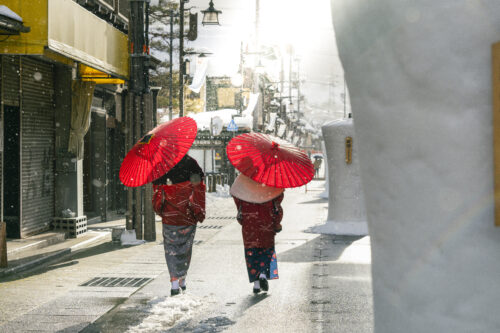
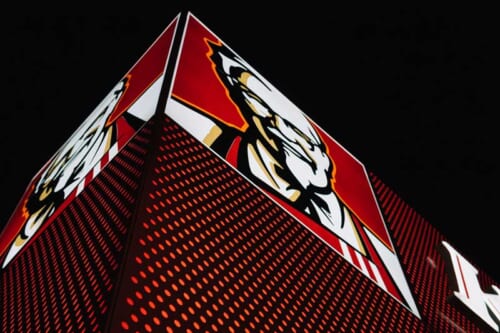
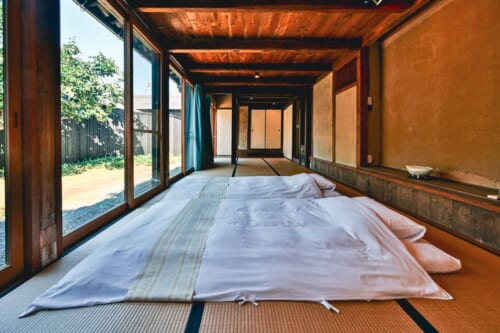
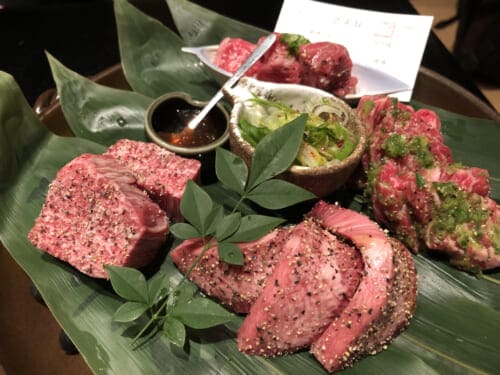

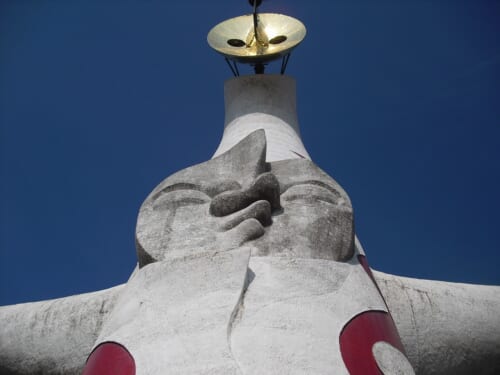

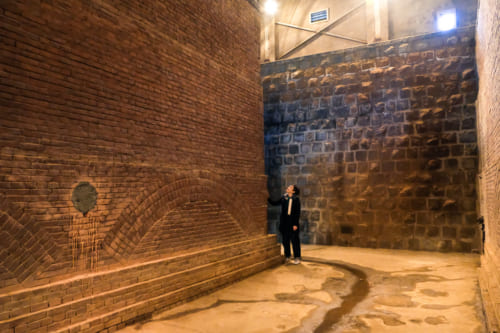


No Comments yet!